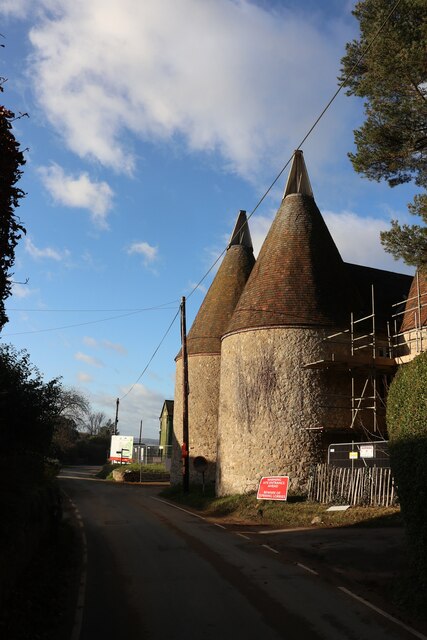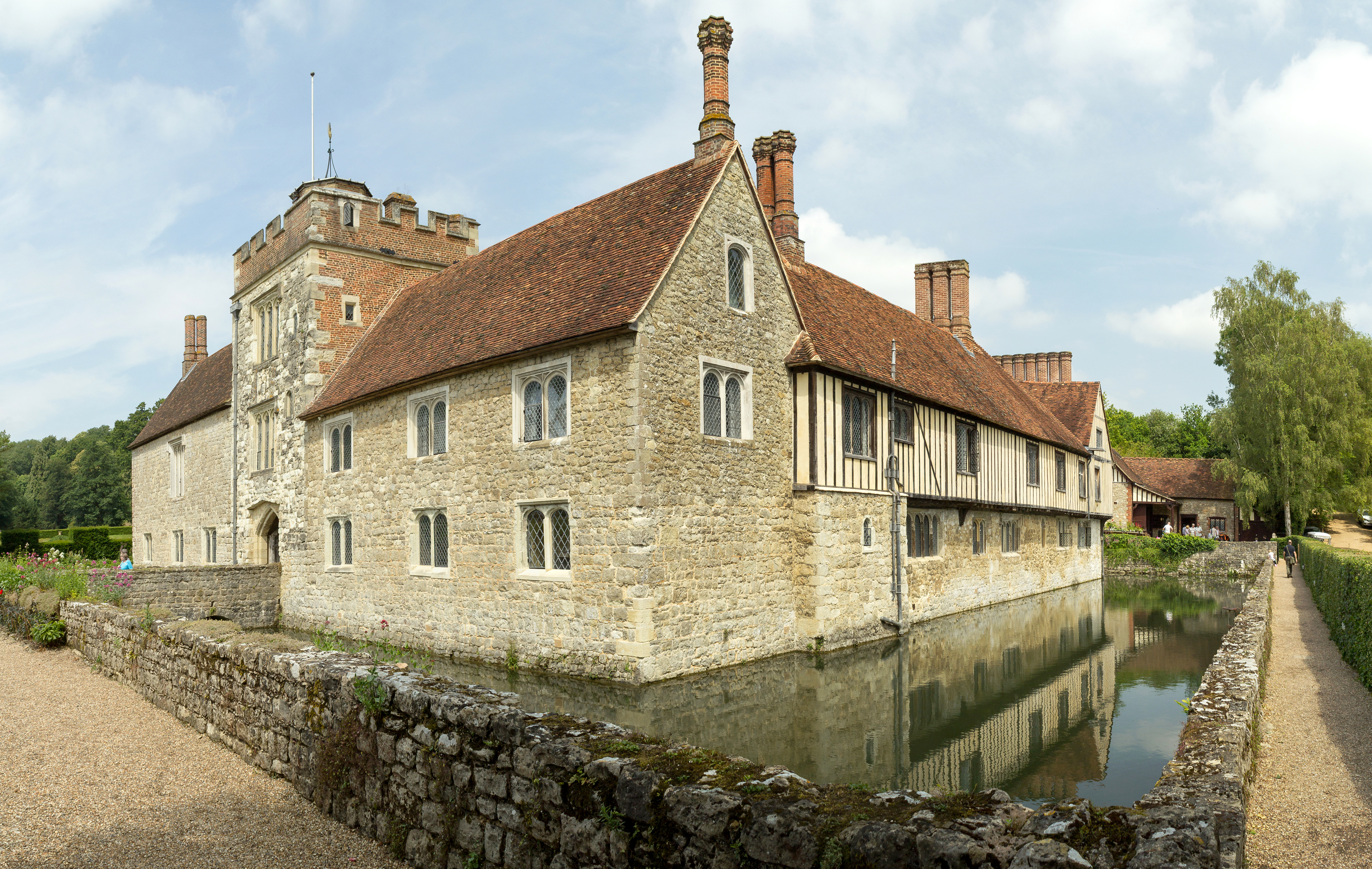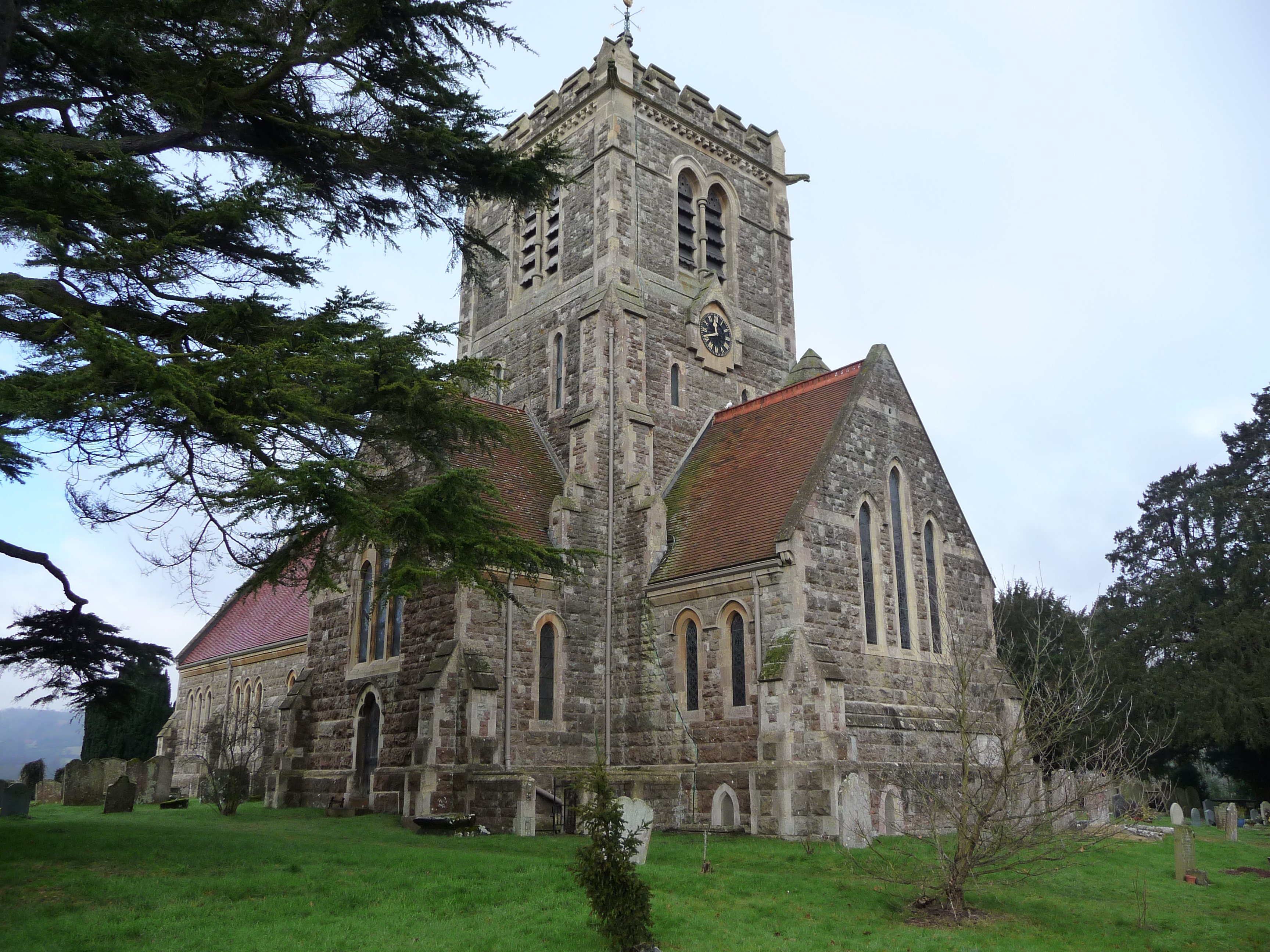Greyberry Wood
Wood, Forest in Kent Tonbridge and Malling
England
Greyberry Wood

Greyberry Wood is a picturesque forest located in the county of Kent, England. Spread across an area of approximately 100 acres, it is a popular destination among nature enthusiasts, hikers, and wildlife lovers. The wood is known for its diverse range of trees, including oak, beech, and ash, which create a stunning canopy over the forest floor.
The woodland is home to a variety of wildlife species, making it an excellent spot for birdwatchers and animal enthusiasts. Visitors may have the chance to spot woodland birds such as woodpeckers, tawny owls, and various species of thrushes. Additionally, the forest provides habitat for mammals like badgers, foxes, and deer, adding to the allure of the natural surroundings.
Greyberry Wood offers several well-maintained walking trails, allowing visitors to explore its beauty at their own pace. These trails wind through the forest, providing an enchanting atmosphere and opportunities for peaceful moments of solitude. The wood is especially captivating during the autumn season when the trees display a vibrant array of colors.
Nestled in the heart of the Kent countryside, Greyberry Wood is easily accessible by both car and public transportation. It is a cherished local gem, providing a tranquil escape from the hustle and bustle of everyday life. Whether for a leisurely stroll, birdwatching, or simply to enjoy the serenity of nature, Greyberry Wood offers a memorable experience for all who venture within its boundaries.
If you have any feedback on the listing, please let us know in the comments section below.
Greyberry Wood Images
Images are sourced within 2km of 51.25452/0.26058143 or Grid Reference TQ5753. Thanks to Geograph Open Source API. All images are credited.



Greyberry Wood is located at Grid Ref: TQ5753 (Lat: 51.25452, Lng: 0.26058143)
Administrative County: Kent
District: Tonbridge and Malling
Police Authority: Kent
What 3 Words
///sound.policy.given. Near Borough Green, Kent
Nearby Locations
Related Wikis
Ightham Mote
Ightham Mote (), at Ightham, is a medieval moated manor house in Kent, England. The architectural writer John Newman describes it as "the most complete...
One Tree Hill and Bitchet Common
One Tree Hill and Bitchet Common is a 79.2-hectare (196-acre) biological Site of Special Scientific Interest east of Sevenoaks in Kent. It is in Kent Downs...
Fairlawne
Fairlawne is a Grade I listed house in Shipbourne, Kent, England, about 30 miles southeast of central London. The Fairlawne Estate is extensive and stretches...
Shipbourne
Shipbourne ( SHIB-ərn) is a village and civil parish situated between the towns of Sevenoaks and Tonbridge, in the borough of Tonbridge and Malling in...
Nearby Amenities
Located within 500m of 51.25452,0.26058143Have you been to Greyberry Wood?
Leave your review of Greyberry Wood below (or comments, questions and feedback).

















